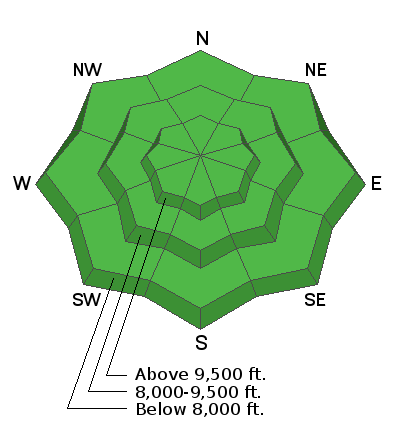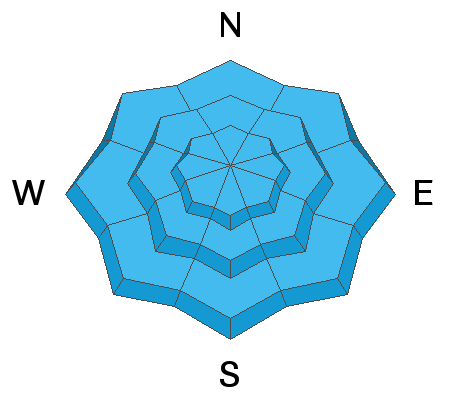Forecast for the Salt Lake Area Mountains

Issued by Trent Meisenheimer on
Saturday morning, January 29, 2022
Saturday morning, January 29, 2022
A LOW avalanche danger exists as we generally have safe avalanche conditions. Watch for unstable snow on isolated terrain features. Natural and human-triggered avalanches are unlikely.

Low
Moderate
Considerable
High
Extreme
Learn how to read the forecast here







